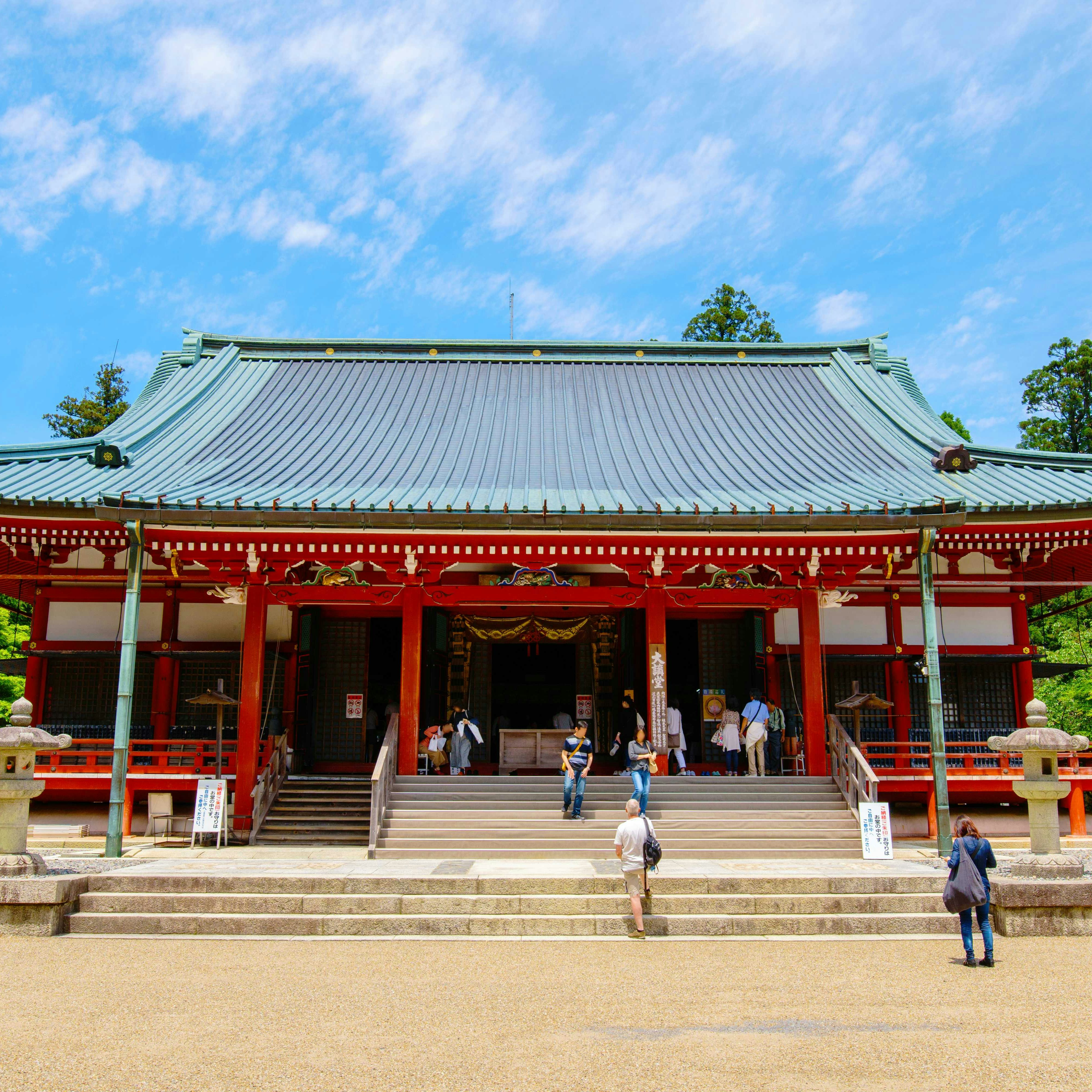
Overview
Kyoto is old Japan writ large: atmospheric temples, sublime gardens, traditional teahouses and geisha scurrying to secret liaisons.
Leave the planning to a local expert
Experience the real Kyoto. Let a local expert handle the planning for you.
Must-see attractions
Planning Tools
Expert guidance to help you plan your trip
Best Things to Do
Explore the incredible temples in Kyoto with our detailed guide. Experience the tranquility and beauty of these historic sites showcasing Japan's rich culture.
Read full article
Best Time to Visit
Kyoto presents a new face with each changing season, from snowy temples to summer parades. These are the best times to visit Kyoto.
Read full article
Things to Know
From planning your trip to local etiquette, here are the most important things to know before going to Kyoto.
Read full article
Transportation
From buses, trains and the subway to discovering the city on foot or two wheels, here’s everything you need to know about getting around Kyoto.
Read full article
Free Things to Do
Get to know Kyoto for free with these top experiences that won't cost you a thing.
Read full article
Best Neighborhoods
Venture across Kyoto's distinctive neighborhoods and unwind the tales of this storied city, from kimono-clad dancers in Gion to the shrine in Fushimi.
Read full article
Day Trips
Get a real taste of Japan with these easy and exciting day trips from Kyoto.
Read full article
Money and Costs
Even in an expensive city like Kyoto, you can find deals to help you enjoy your trip. Here are our top tips for a budget-friendly experience.
Read full article
Traveling with Kids
A trip to Kyoto will make unforgettable memories for little one. Here’s a full guide to family-friendly Kyoto activities and traveling to Kyoto with kids.
Read full article
Get a book. Get inspired. Get exploring.
in partnership with getyourguide



















